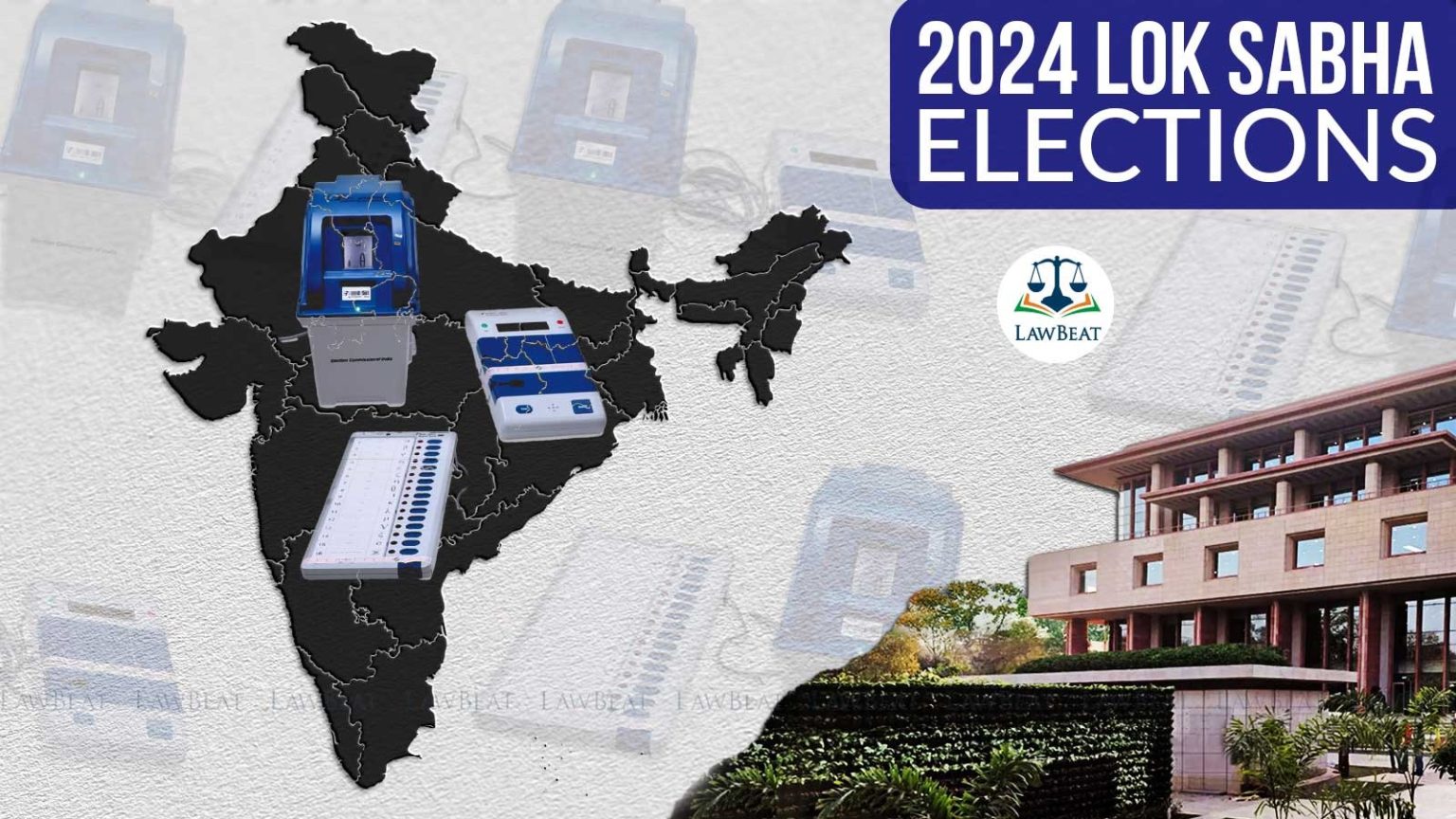With the 2023 Assembly elections having changed the political landscape, a new phase of conjecture and expectation has begun, with all eyes now focused on the 2024 Lok Sabha contest. The Congress holds the upper hand in the southern areas of this impending election contest, but the Bharatiya Janata Party (BJP) is still dominant in the Hindi heartland. It is crucial to investigate the factors that will determine the electoral landscape in 2024 as the political landscape changes.
Four Pervasive Contest Types
Four different contest kinds, each with its own specific set of traits and difficulties, are painted on the 2024 electoral canvas.
BJP vs. Congress
In 190 seats during the 2019 Lok Sabha elections, the contest between the BJP and Congress was the main focus of attention. In this one-on-one competition, the BJP won all but fifteen seats. States like Madhya Pradesh, Chhattisgarh, Gujarat, Rajasthan, Haryana, Assam, and Karnataka were included in the battleground. In a remarkable 153 of the 175 seats that the BJP won, the party received more than 50% of the vote. The BJP was favoured with an astounding 20% difference in average vote share compared to the Congress. Remarkably, regional parties played a relatively small role in these elections, since the party ranked third received an average of 4% of the vote. In these states, the Communist Party of India (Marxist), Samajwadi Party, Dravida Munnetra Kazhagam, All India Trinamool Congress, and Rashtriya Janata Dal provided minimal support to the Congress, which was operating mainly on its own.
BJP vs. Regional Parties
In 185 constituencies, the BJP and regional parties squared off in the 2019 elections. The BJP won 128 of these, taking home more than 50% of the vote in 72 of them. The BJP and regional parties had a much smaller average vote share difference (7%). Third-ranked parties played a significant role in this sort of battle, as their average vote share exceeded the vote share deficit by 7.4%. Despite not having a significant presence in the majority of these seats, the Congress managed to secure a respectable vote percentage. The Congress received about 4% of the vote share and came in second place in 88 of these districts. The Congress was primarily functioning independently in these states, with little assistance from the Communist Party of India (Marxist), Samajwadi Party, Dravida Munnetra Kazhagam, All India Trinamool Congress, and Rashtriya Janata Dal.
Congress vs. Regional Parties
2019 saw the Congress and regional parties face off in 71 constituencies; the Congress prevailed in 37 of them, while regional forces won 34. States like Kerala, Punjab, Maharashtra, Telangana, Delhi, and Tamil Nadu were important battlegrounds. Thirteen of the 37 seats that the INC won saw the party receive more than 50% of the vote. The Congress and regional parties each received almost 41% of the vote, placing them evenly in the running. With an average vote share that was 11.6% more than the vote share difference, the third-ranked party’s participation in this election took on greater significance. Although the BJP did not have much of an impact in these seats, its vote share might cause any party to reassess its plans. The BJP received about 16% of the vote share and was the second runner-up in 25 of these constituencies. Different coalitions play different roles in this context. For example, in Delhi and Punjab, the Congress and Aam Aadmi Party may work together, but in Kerala, the Congress and CPI (M) might not establish an alliance. A triangular contest appears likely in Telangana.
Regional parties battle
Regional parties engaged in one-on-one campaigns in 97 constituencies in 2019, with the majority of these contests taking place in Maharashtra, Bihar, Andhra Pradesh, and Tamil Nadu. It was an NDA vs. former UPA contest in 60% of these seats, with regional parties winning an average advantage of 15%. The third-ranked party’s average vote share was 6.6% less than the vote share difference in 2019, indicating that their contribution was not particularly significant. In many of these seats, the BJP and Congress separately showed relative weaknesses; the BJP managed vote percentages of 8% and 3.3%, respectively, while the Congress finished third in nine and the BJP in five. Although most coalitions were in place, there was one notable realignment: the Nationalist Congress Party’s Ajit Pawar faction joined the NDA, while the Shiv Sena’s Uddhav Thackeray faction and Nitish Kumar’s Janata Dal (United) joined the India bloc.
The Road Ahead to 2024
For the India bloc to win the 2024 elections, the Congress will have to work hard to defeat the BJP on its own in 190 seats, without the help of other regional parties in the bloc. At the same time, strategic concerns need a deliberate distribution of resources, with an emphasis on the roughly 260 seats that the Congress is still fighting for. Conversely, the BJP would have to run for a larger number of seats due to the withdrawal of its allies in Punjab, Maharashtra, and Bihar. The outcome of this high-stakes electoral war will be determined in large part by coalitions, regional dynamics, and strategic calculations as the political chessboard takes shape. In summary, the world’s largest democracy will be shaped by the intricate interplay of political forces during the 2024 Lok Sabha elections, which will be influenced by shifting public moods, coalitions, and regional nuances. The first move on the political chessboard is imminent, and both political watchers and the general public are sure to find the drama to be an engrossing spectacle.
